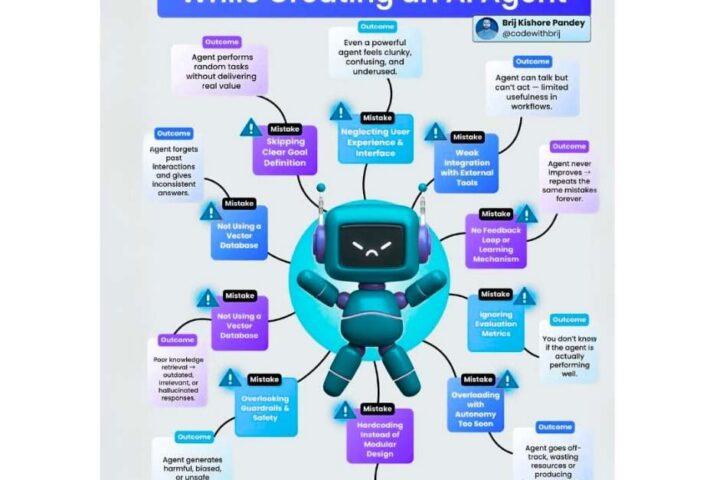When your company’s success or failure turns on the strength of its relationships with customers and clients, it doesn’t really matter what industry or niche you occupy. You’re in the relationship business above all else.
Maintaining and — ideally — strengthening those relationships is priority number one.
Much of this work comes down to instinct, to anticipating your clients’ needs and proactively attending to their happiness. But some of it is more technical, or at least not intuitive. It can be learned (and unlearned).
Marketing falls into this category. Unless you’re very fortunate, your company can’t survive on word of mouth and good feelings alone, however important those things are. You need to leverage some not-so-obvious strategies to reach your clients, prospects, and potential collaborators.
Start here.
1. Become More Active and Visible on Twitter
Twitter is not the most popular social media platform in the world. But it does have an unusually active user group — one broad enough to include the people, families, and enterprises your company likely depends on for survival.
How does this look in practice? The Twitter account of Asiaciti Trust, a trust and financial services firm, shows what it’s like when a relationship-based business doubles down on Twitter. Asiaciti Trust’s frequent tweets are almost always on-topic., meaning they’re focused on subjects that the company can plausibly position itself as an expert on. There’s not a lot of digression or fluff here.
Even if you’re not in the financial services space, you can take a lesson here. Focus on what you know, don’t be overly promotional, and aim to spark constructive conversation with your tweets.
2. Become an Active Presence in Digital Communities Devoted to Your Field
Don’t stop with Twitter. No matter what field you’re in, you can find active digital communities to connect with peers and prospects.
This work looks different in different venues. The most active Github users take a very different approach to networking and relationship-building than, say, the most active members of their regional LinkedIn sales group.
But the foundation remains the same: build a reputation as a reliable service provider by interacting in good faith and holding yourself up as a superior alternative to the status quo.
3. Send Personalized Notes and Gifts to Clients and Prospects
Handwritten notes and gift boxes can feel cheap, even cynical, but don’t think for a moment that your clients don’t notice them. They do. And in a world that’s increasingly transactional and impersonal, that can make all the difference.
Set aside a reasonable annual budget for birthday gifts, holiday notes, and other tokens of your appreciation. Don’t be afraid to ask your clients about their gift preferences either — it’s not like it’ll be a secret once they receive one for the first time.
4. Tailor Your Outreach to the News Cycle and Calendar
Nothing turns off marketing-savvy clients and prospects like cookie-cutter outreach. They’ll know when you’re shooting off the same email to hundreds of others, or simply working down the list of marketing touchpoints to hit before the end of the cycle.
Break that cycle, literally, with a more opportunistic approach to outreach. Tailor it to what’s happening in the news or markets — with, say, educational content on surviving a bear market when equities turn south.
5. Always Do What You Can to Make It Right (Within Reason)
You surely know that “the customer is always right.”
At least, you know that’s how you have to behave, whatever you might think privately. And that’s doubly true in relationship-based businesses, where small enterprises live and die on the strength of their reputations.
So: always, always, always do what it takes to make it right when a client expresses unhappiness with your services. If that means taking a temporary revenue hit, so be it — the alternative is worse.
6. Don’t Give Up on Clients Who Leave — But Don’t Give Them the Hard Sell
Try as you might, you’re going to lose some longtime clients — and some who agreed to give you a try and decided it wasn’t the right fit.
You have a lot of tools at your disposal to get them back, from automated retargeting strategies to softer, more personalized outreach. One thing you should never do is give a departed client the hard sell. If they were open to it, they wouldn’t have left in the first place.
Churn Happens — Don’t Let It Threaten Your Business
It bears repeating that even the best relationship-based businesses lose clients. Churn happens — and it’s not always your fault. People move, die, or experience hardships that force them to cut ties.
Your business plan needs to account for natural churn, both within and outside your control. But it doesn’t need to accept excessive churn — and shouldn’t. You absolutely can keep client turnover below the industry average, and perhaps well below, if you follow these guidelines.









